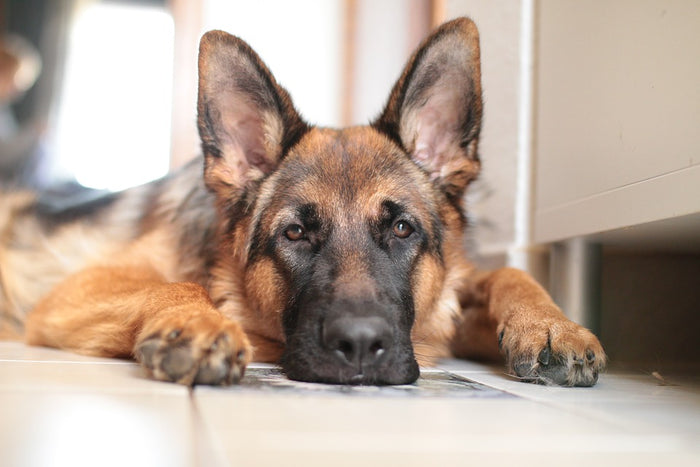
Symptoms:

Symptoms:
Common Causes:
Hip dysplasia is hereditary and is especially common in larger dogs, like the Great Dane, Saint Bernard, Labrador Retriever, and German Shepherd Dog. Factors such as excessive growth rate, types of exercise, and improper weight and nutrition can magnify this genetic predisposition.
Preventative Measures:
Proper weight management is critical. The excess weight on a dog stress the hip joints. During the stage of rapid growth, one must discourage puppies from jumping from heights or standing on their hind legs as it puts too much pressure on the joints. Swimming should be encouraged as it allows them to build muscle mass without overly stressing the joints. Including golden paste in their diet is essential as the turmeric helps reduce inflammation. Bone Meal is a good supplement to incorporate as the glucosamine and chondroitin present is beneficial for joint health. Marine collagen also strengthens the joints and ought to be added in their diet. Omega 3 has been proven to reduce inflammation and could help a dog with hip dysplasia.